Calligraphy uses the pen, and the pen uses the sharp edge (picture)
The tip of the brush: the edge, where the pen power is concentrated and the ink flows concentratedly. Making good use of the pen can make the pen stand up and move with sharpness. This is called "standing up the peak". The sharpness of the pen is straight and strong, which effectively conveys the power of the fingers and wrists. "Kill" into the paper between the curves, and achieve the effect of penetrating the back of the paper and penetrating into the wood. If you cannot use the edge of the pen and just sweep and press with the belly of the pen, the texture of the strokes will be weak and the ink image will be empty.
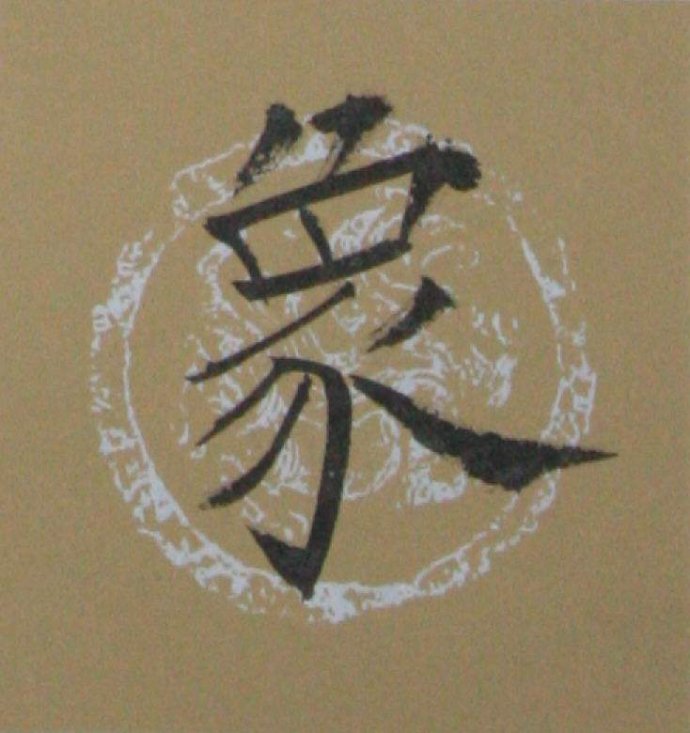
The ancients emphasized that "use the pen and use the edge", which includes two requirements:
1. "Lifeng" writing style. Whether you have "writing power" when writing a book depends on whether you can lift a pen in your hand and move it "upright". Jiang He in the Qing Dynasty said: "(Using a pen) is like a person who is good at dancing with a pole, his spirit is at the tip of the pole, and a person who is good at using a spear, his strength is at the tip of the spear." Only when the tip of the pen is upright instead of lying down and dragging flatly can one kill into the paper. , only then can there be "austerity", and the lines written out are as if cast and carved, dignified and calm. The ancients' metaphors of "cone drawing sand", "printing mud" and "house leak marks" are nothing more than this. "Like sharply carved gold, long tapered boundary stones, it is like using a pen to travel thousands of miles" (Zhang Huaijin of the Tang Dynasty). Dong Qichang of the Ming Dynasty said: "After studying calligraphy for thirty years, those who understand calligraphy but cannot practice it will stand up and fall down, collect themselves down, and restrain their ears." He also said: "The place where the pen is drawn must be lifted. If you pick up a pen and don't let it die, you will not be able to pass down your words through the ages." These are both sweet and bitter words.
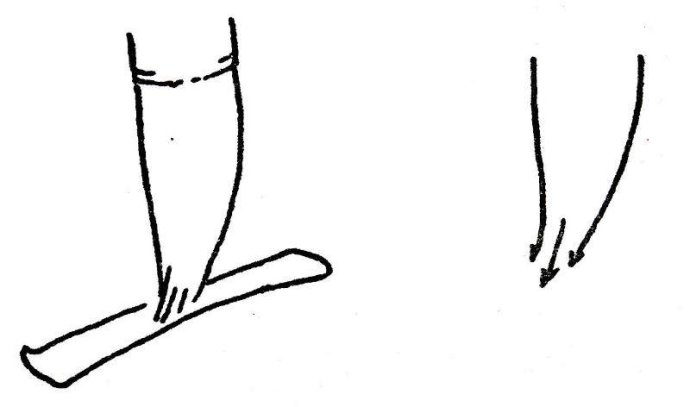
"Lifeng" Guan Jian is good at making use of the elasticity of the pen brush to take advantage of the situation, and it is also related to his skill. When the skill is enough, even the extremely soft and long-edged brush can still play with clang. Beginners may not be able to feel the elasticity of the tip at the beginning and cannot stand it up. They can use a thin, long, soft and elastic object such as a bamboo pole to press down and hold it up with all their strength, focusing on the tip. I believe it will not be difficult to master once you understand the technique of its movement and then apply it to the brush.
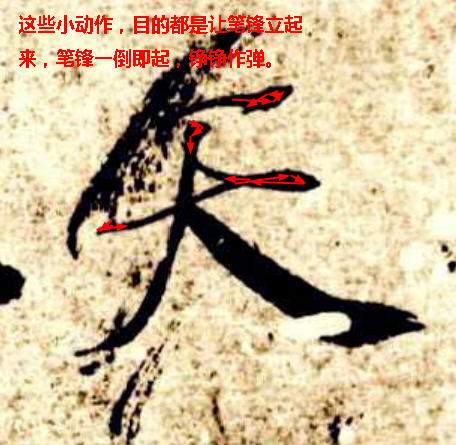
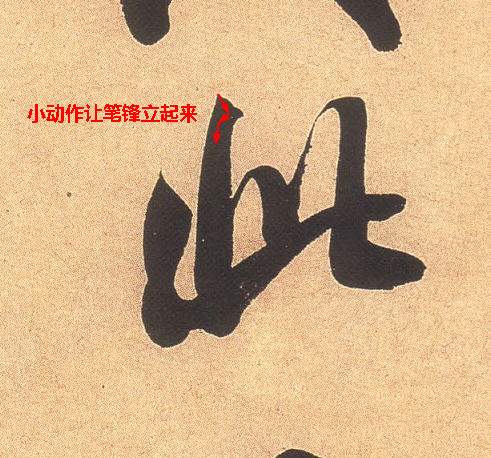
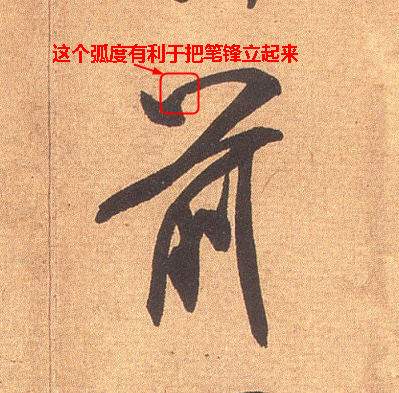
2. "The pen is everywhere." Every point and every painting, from beginning to end, in all directions, should be formed by the movement of the brush. For example, after writing a little pause, there must be a lift in the pause, so that the tip of the pen moves to the position where the pen belly was originally pressed, so that the pen force can fully act on the paper, so as to achieve a solid and dignified stroke at the end of the pen.
Liu Xizai's "Book Summary" said: "Zhang Wenshi (Zhang Xu)'s calligraphy has a little bit of painting, and the mood is self-sufficient. You should know that the little bits of painting are all the strokes of the brush. Otherwise, even if the painting is large, the center of the brush will not be there. How can you say so!" "Big point painting" refers to the simple pressing of the pen belly, which can be pressed but not lifted, and the tip cannot be lifted when lifted. No matter how big the strokes are, it is still a hollow and dull image formed by the pen belly, rather than the real power of the tip. Pay close attention to the solid writing quality, carefully examine Wang Xizhi's calligraphy and calligraphy, Ouyang Xun's calligraphy, Chu Suiliang's "Yin Fu Jing", Zhao Mengfu and Wen Zhengming's regular script ink, all are like this.
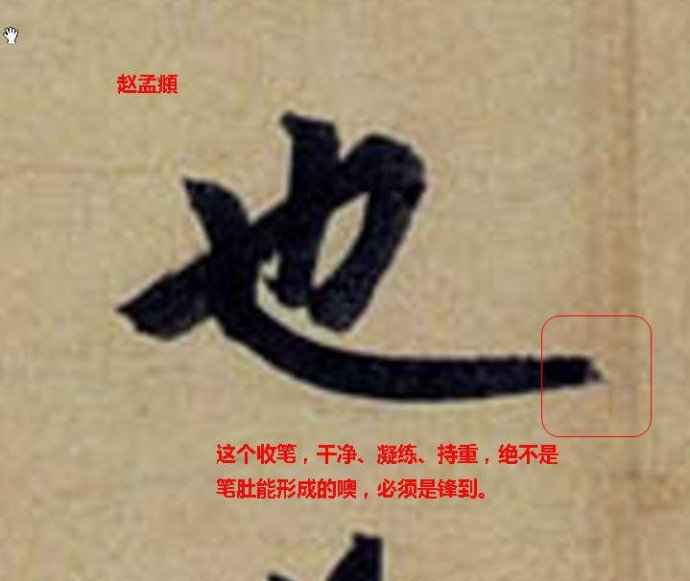
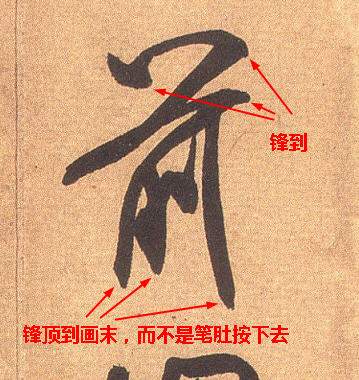
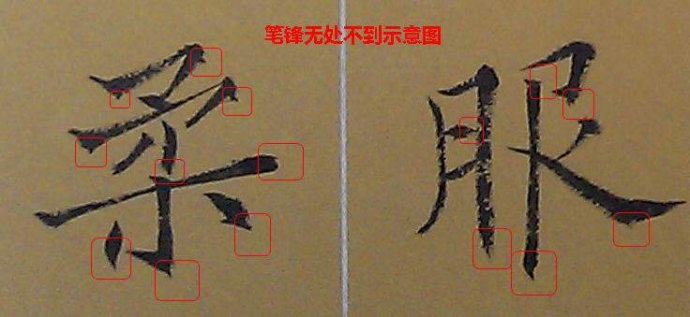
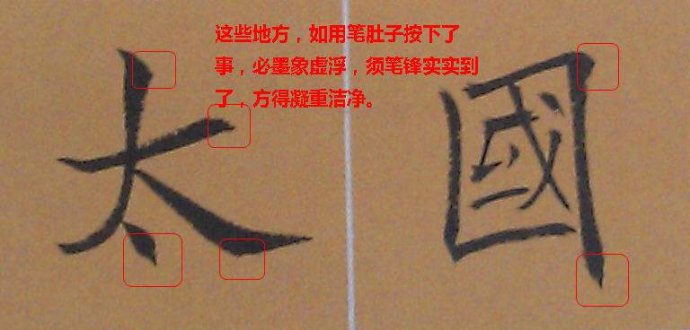
Theoretically speaking, the tip of the pen tip. In practice, the tip refers to the section close to the tip of the pen and the tip of the pen. The further point is the waist of the pen. The waist of the pen is the elastic part of the pen tip. It is also used by many calligraphers. The "power point" of the waist of the pen, such as Yan Zhenqing's, is often not at the edge but at the waist of the pen. The waist can bounce away as soon as it touches the paper, so the force can be refreshed by a heavy pause. It is a pity that many people who imitated him fell down and became weak after a meal. Their appearance is similar but their expressions are very different. In modern times, Kang Youwei also used the pen, belly and waist very brilliantly.
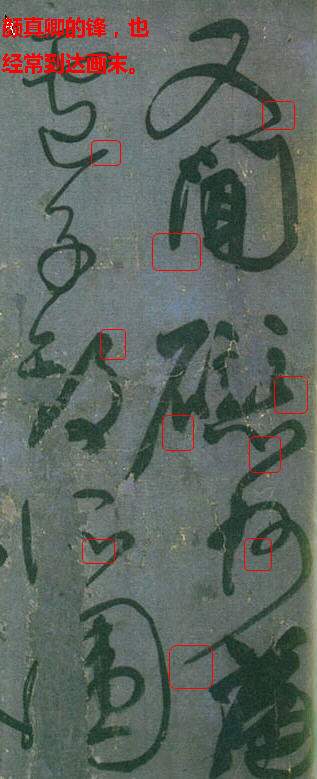
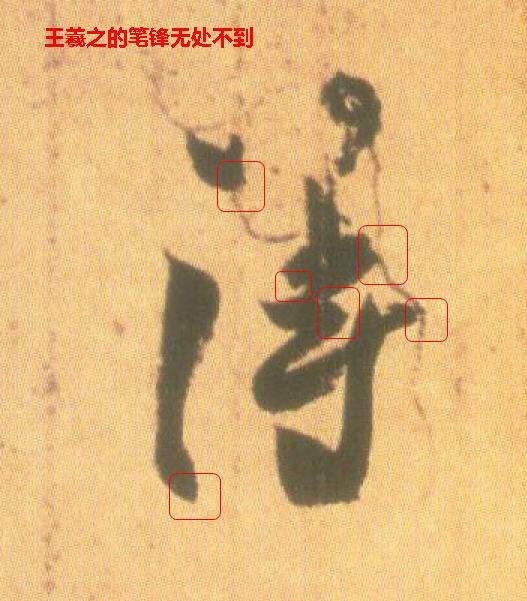
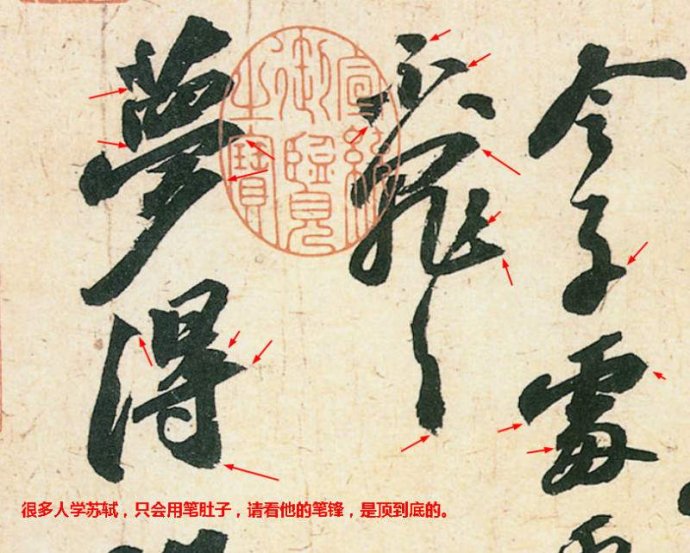
In terms of the process of learning, beginners should work hard to practice the ability of standing up the front from the beginning, and try to use the front end to move. After practicing to the point where the tip of the pen can bounce under any circumstances, no matter the tip of the pen, the waist of the pen, the base of the pen, or the side of the pen, it will be able to penetrate the back of the paper, just like a person with strong martial arts skills, no matter the fist, elbow, shoulder, arm, everywhere on the body, None of them can use their strength to injure the enemy.








